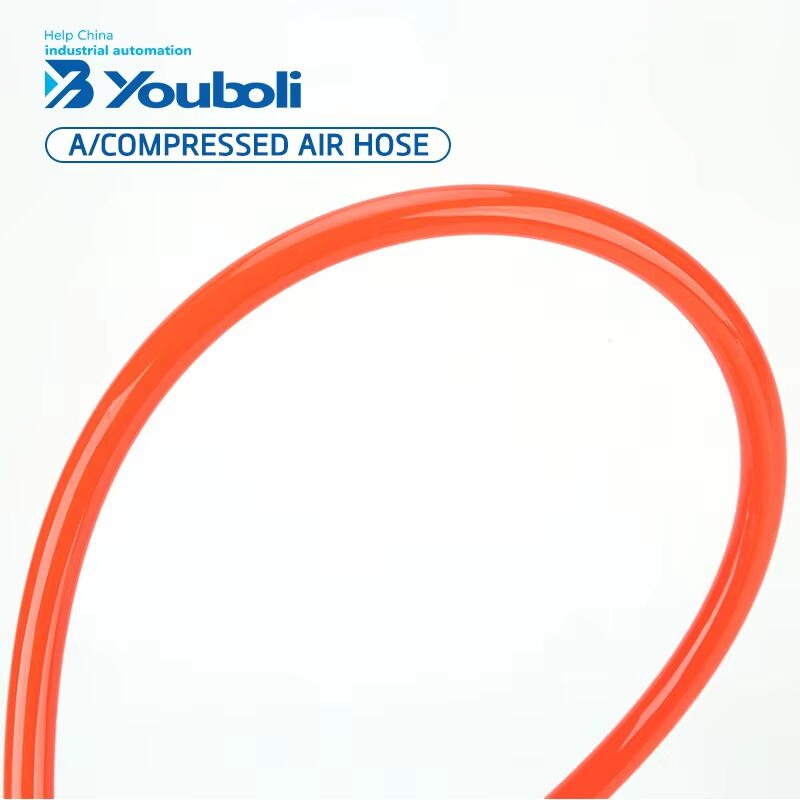Introduction to Compressed Air Systems
Role of fittings in system efficiency
Fittings serve as crucial connectors within compressed air systems, ensuring the seamless and efficient flow of air between different components. Efficient fittings play a vital role in minimizing pressure losses and energy consumption, which translates to reduced operating costs for businesses. In contrast, poorly designed or incompatible fittings can lead to leaks, resulting in wasted air and increased energy expenses. This inefficiency not only raises operational costs but can also disrupt production processes, underscoring the importance of choosing the right fittings for system efficiency.
Impact of fitting selection on safety
Selecting the appropriate fittings is essential to prevent system failures that can result in hazardous pressurized air blasts. Adhering to safety standards mandates specific fittings for different applications, ensuring both compliance and worker safety. Regular inspections and maintenance of fittings are critical to prevent catastrophic failures and protect workers. By prioritizing safety in fitting selection, businesses can maintain operational integrity while safeguarding their workforce from the potential dangers associated with compressed air systems.
Types of Fittings for Compressed Air
Push-to-Connect Fittings: Installation and Use Cases
Push-to-connect fittings are designed for easy installation, eliminating the need for tools. They are perfect for setups that require quick installations and frequent disconnections, making them highly efficient for fast-paced workplaces. These fittings are commonly found in environments where components need to be regularly removed or replaced. Additionally, their suitability for low to medium pressure applications enhances their versatility, allowing them to be used across various operational contexts.
Compression Fittings: High-Pressure Sealing Mechanics
Compression fittings offer a secure seal essential for maintaining the pressure integrity of high-pressure pneumatic lines. Understanding the mechanics behind how these fittings create a tight seal is crucial for selecting the right option for demanding environments. Compression fittings are often utilized in industrial equipment where reliability is critical.
Quick-Disconnect Fittings: Tool-Change Optimization
Quick-disconnect fittings play a pivotal role in optimizing productivity by facilitating rapid changes of tools and equipment. Their design prioritizes ease of use, allowing operators to switch attachments without losing air pressure. This efficiency makes them ideal for applications in industries where quick tool changes are necessary—such as automotive and construction sectors—where time savings translate directly into increased productivity.
Threaded Fittings (NPT/BSP): Heavy-Duty Applications
Threaded fittings, including NPT and BSP types, are renowned for their strength and durability, making them well-suited for high-stress environments. Understanding the differences between these thread types is essential for proper compatibility and installation. These fittings support higher pressure capabilities, which makes them ideal for use in industrial and manufacturing applications. Proper selection ensures safe and efficient operations in demanding settings.
Key Considerations for Selecting Fittings
Pressure Ratings and Temperature Limits
Understanding the pressure ratings of fittings is essential to ensure that they can withstand the operational environment without failure. Fittings used in compressed air systems must be capable of handling specific pressure levels, as exceeding these ratings could lead to equipment malfunctions or even hazardous situations. Equally important are temperature limits, which ensure that materials do not deform or fail under extreme conditions. For instance, high temperatures could cause fittings to expand, leading to leaks. It is crucial to consult manufacturer specifications when selecting fittings to ensure they are suitable for specific applications. This practice helps maintain system integrity and safety.
Material Compatibility (Aluminum vs. Brass vs. Stainless Steel)
Choosing the right material for fittings impacts both their longevity and performance. Aluminum fittings are lightweight, but they may corrode more readily compared to other materials, making them suitable for non-corrosive environments. Brass fittings, on the other hand, offer good durability and are commonly used to combat corrosion, especially in plumbing applications. Stainless steel fittings provide the highest durability and resistance to corrosion, making them the preferred choice in harsh environments, although they come with a higher cost. Evaluating material compatibility is thus critical to enhance the effectiveness and lifespan of the fittings used in various industrial scenarios.
Corrosion Resistance and Durability Factors
Selecting fittings with high corrosion resistance is crucial for their performance, especially in environments susceptible to moisture or chemical exposure. Understanding the environmental conditions is paramount for choosing materials that can endure and provide long-term service. Additionally, regular maintenance and inspection play vital roles in enhancing the durability of fittings, helping to detect possible issues before they escalate into major defects. Furthermore, investing in high-quality fittings upfront can significantly reduce long-term costs associated with frequent replacements and repairs. This proactive approach pays off by ensuring reliable operation and minimizing unexpected downtimes in industrial settings.
Common Applications of Compressed Air Fittings
Industrial Manufacturing Setups
In industrial manufacturing setups, compressed air fittings are indispensable for powering tools and machinery. They play a pivotal role in ensuring operational efficiency and productivity on factory floors, significantly impacting overall production output. By utilizing the correct type of fittings, manufacturers can reduce downtime and maintenance costs, leading to increased profitability. With the right fittings in place, factories can run seamlessly without interruptions, maintaining high levels of productivity and efficiency.
Automotive Repair and Painting Systems
Within the automotive industry, compressed air fittings are vital for air-powered tools that boost mechanic efficiency. These fittings are particularly crucial in painting systems, as they ensure a fine atomization of paint, directly affecting the quality of the finish. Proper fitting selection contributes to faster repairs and enhanced painting results, benefitting both service providers and vehicle owners. The significance of choosing the right fittings extends to safeguarding against costly mistakes during repairs and ensuring optimal outcomes in painting applications.
HVAC and Pneumatic Tool Configurations
Compressed air fittings are key components in HVAC and pneumatic tool configurations, instrumental in ensuring optimal airflow and efficiency in heating and cooling applications. Pneumatic tools depend on compressed air for effective operation, making fitting choices essential for performance. With proper fitting selection, businesses can achieve energy savings and improved system performance, contributing to sustainability and reduced operational costs. Ensuring airtight fittings in HVAC systems helps maintain climate control and comfort, making these setups reliable and highly effective in their functions.
Choosing the Right Fittings Ensures Optimal Performance and Safety
Choosing the right fittings is essential to ensuring optimal performance and safety in pneumatic systems. Proper fittings reduce leaks, prevent damage, and improve overall efficiency. With a vast array of fitting types available, it's vital to consider factors like air pressure, connection type, and material to make informed selections for your specific needs.
Frequently Asked Questions
What role do fittings play in the efficiency of compressed air systems?
Fittings act as connectors that ensure the efficient flow of air. Properly chosen fittings minimize pressure losses and energy consumption while preventing leaks and reducing operating costs.
Why is fitting selection crucial for safety in compressed air systems?
Selecting the right fittings prevents system failures that can lead to dangerous air blasts. It is important for compliance with safety standards and the protection of workers.
What are the types of fittings used in compressed air systems?
Common types include push-to-connect fittings, compression fittings, quick-disconnect fittings, and threaded fittings (NPT/BSP), each suited to specific applications and pressure requirements.
How does material compatibility affect fitting selection?
The choice of materials such as aluminum, brass, and stainless steel influences the durability and performance of fittings. It's crucial to match materials to the environmental conditions to prevent corrosion and wear.
What considerations should be made for pressure ratings in fittings?
Fittings must be capable of handling specific pressure levels to ensure safety and system integrity. It's important to consult manufacturer specifications and consider temperature limits in selection.
Table of Contents
- Introduction to Compressed Air Systems
- Types of Fittings for Compressed Air
- Key Considerations for Selecting Fittings
- Common Applications of Compressed Air Fittings
- Choosing the Right Fittings Ensures Optimal Performance and Safety
-
Frequently Asked Questions
- What role do fittings play in the efficiency of compressed air systems?
- Why is fitting selection crucial for safety in compressed air systems?
- What are the types of fittings used in compressed air systems?
- How does material compatibility affect fitting selection?
- What considerations should be made for pressure ratings in fittings?

